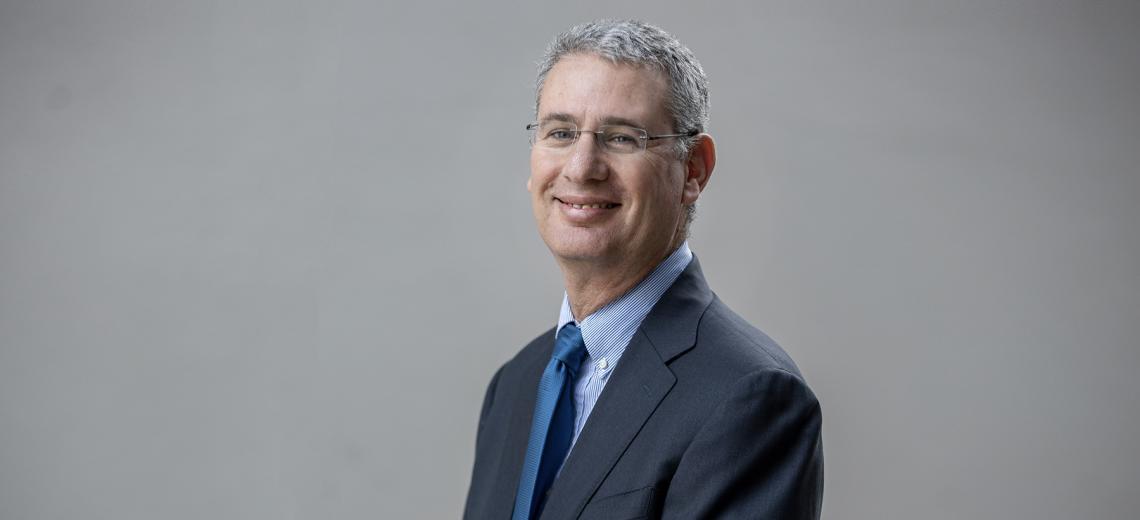
4 minute read
Artemis I has captured headlines around the globe, as the world anticipates its launch. An unmanned trial rocket, Artemis I is part of NASA’s Space Launch System (SLS), tasked with the ambitious goal of bringing astronauts back to the Moon by 2025.
Considering the immense scale of SLS, it is crucial to keep its schedule on track. Activities, milestones and monitoring points all need to be accurately mapped out and calculated so that operations flow smoothly. To ensure this task, NASA have been using Earned Schedule, a project-management methodology published by Professor Ofer Zwikael, from The Australian National University (ANU) Research School of Management, and his co-authors.
“I think that’s the ultimate joy of doing research, that it be used and implemented to make a difference for organisations and society. To see that it’s happening, it’s a great feeling,” says Ofer.
Back in 2009, Ofer and his colleagues Walt Lipke of the Project Management Training Institute of Michigan, Kym Henderson of the Australian Defence Force, and Frank Anbari of Drexel University of Philadelphia, presented Earned Schedule in a paper published in the International Journal of Project Management.
Their paper, Prediction of project outcome: The application of statistical methods to Earned Value management and Earned Schedule performance indexes, validated and illustrated an extension to Earned Value Management (EVM).
Created by the US Department of Defense, EVM is a project-management tool employed by both the US government departments and various organisations world-wide. It monitors the cost of a large-scale project and generates accurate estimations of the final costs. However, according to Ofer, EVM lacks capability in terms of monitoring project scheduling.
“We found it was not very accurate for monitoring the schedule of the project,” he shares.
“The schedule of the project behaves a bit differently because it’s not as linear. There are dependencies between activities – some cannot even start if others aren’t finished.”
Ofer was introduced to Walt Lipke at a 2007 project-management conference, when the person who introduced them had realised they were doing two facets of the same research.
“Walt presented this mathematical model to a problem I’d been concerned with for years. His solution made sense to me, so we decided to work together,” explains Ofer.
The Earned Schedule methodology, an extension to EVM that is focused on monitoring the schedule of the project, uses the Earned Schedule calculator. Enabling statistical predictions, the Earned Schedule calculator uses mathematical equations to forecast project duration and completion date.
In their practice, NASA have been using Earned Schedule for some time. The COVID-19 pandemic caused multiple project disruptions, which necessitated adjustments to the Earned Schedule methodology to allow for the scope of the SLS project and the Artemis I launch.
The original Earned Schedule calculator can process 50 periods of performance. These periods refer to points in the project where data is collected on activity progress and cost.
“NASA have large, complex projects, so they need many monitoring points. They asked my co-author, Walt, to make adjustments to the calculator, to make it allow for bigger projects,” says Ofer.
Walt created a new special-cases calculator, capable of processing up to 200 periods of performance to match the greater scale of activities, monitoring points and milestones of SLS and the rocket launch.
NASA reached out to thank the authors for the work and explain its importance for their mission.
“Earned Schedule helped NASA identify unrealistic contractor schedules and accurately predict completion dates,” says Mr. Keith Heitzman, the Chief Scheduler for the NASA Space Launch System (SLS).
While, in this case, Earned Schedule has been used for a space-launch project, it’s a methodology that can be used for monitoring any large-scale, complex project.
“This could be used to build a spaceship or build a road or any other big project. Any large-scale project would benefit from it,” Ofer explains.
The College is always keen to explore research collaborations with the public and private sector and to reconnect with alumni. Please get in touch if you would like to know more about partnering with us.
